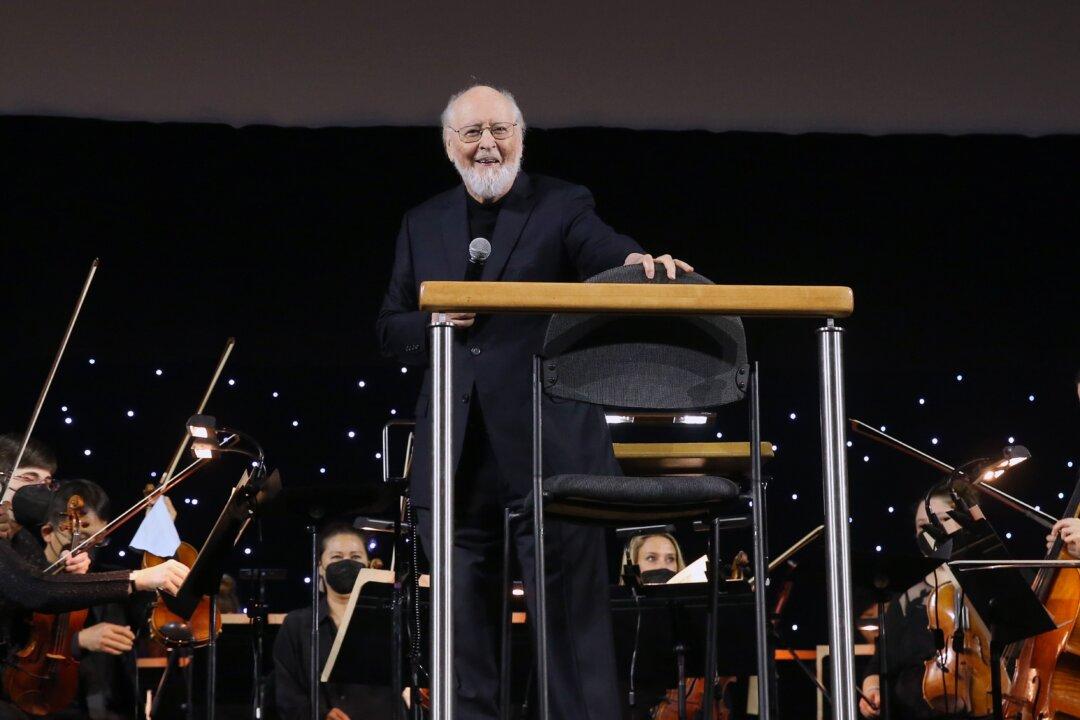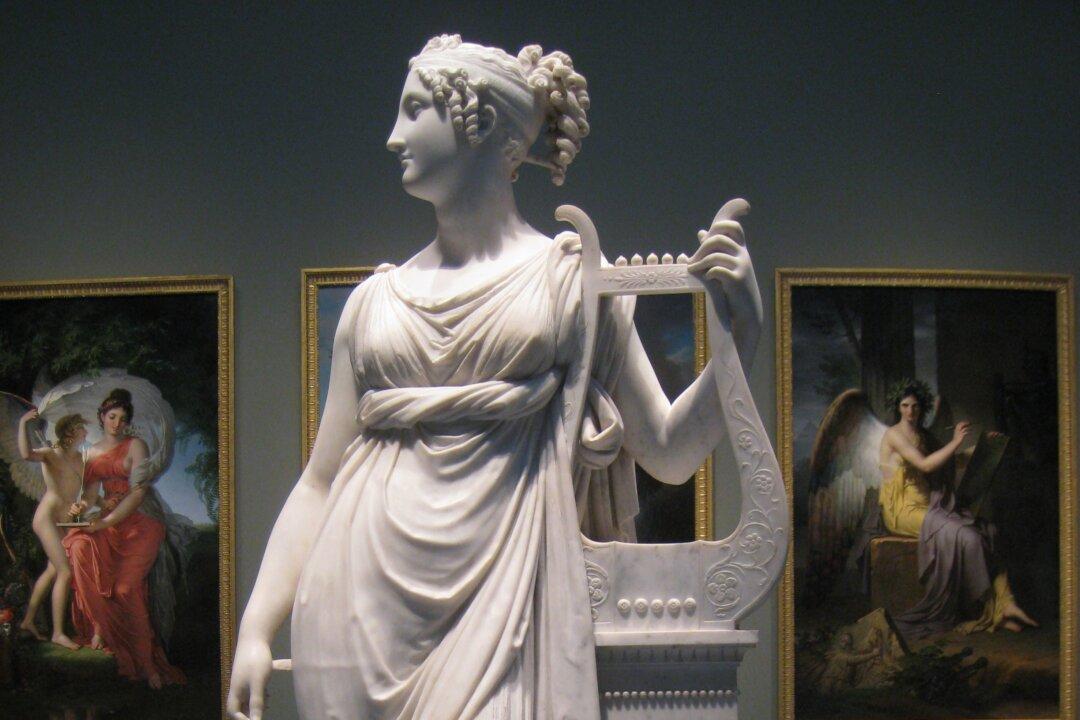“He made a single instrument speak the language of infinity.”
The novelist and baroness Amantine Aurore Dudevant wrote these words about the pianist Frédéric Chopin in her autobiography “Story of My Life.” Better known by her pen name, George Sand, she made insightful and prescient observations about her former lover, who had died several years before her book was published. “He was often able to condense in ten lines that a child could play poems of immense elevation, dreams of unequalled emotion.”





